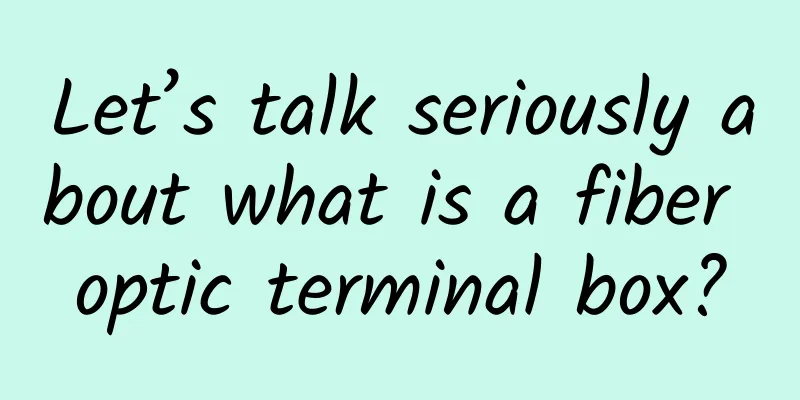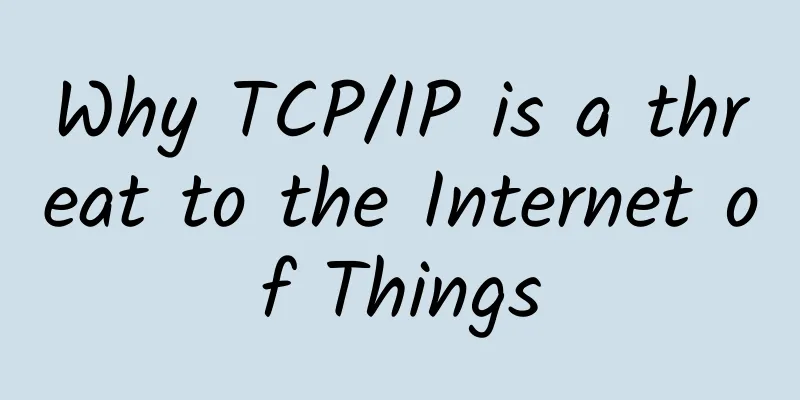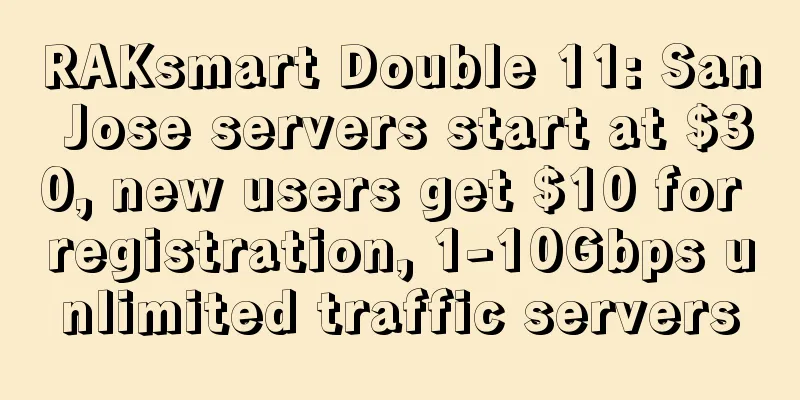Let’s talk seriously about what is a fiber optic terminal box?

|
When it comes to network cabling, outdoor connections, i.e. connections between different buildings, usually use fiber optic cables. When you are wiring indoors, meaning inside a building, Ethernet twisted pair is usually used in this type of cabling to save costs. What is a fiber optic terminal box?One of the most important parts in a fiber optic installation is the fiber optic terminal box. The fiber optic terminal box gets its name because it is a junction box for fiber optic cabling that is used to protect the cabling and distribute it to different links in the FTTH network. Fiber Terminal Box (FTB), also known as Optical Terminal Box (OTB), is a small fiber management product. It is widely used in FTTx cabling of optical fiber and cable. They provide an ideal solution for the construction of entrance terminals, telecommunication cabinets, cross-connects, computer rooms and other controlled environments. In terms of installation environment, there are indoor and outdoor fiber terminal boxes. Indoor type cables act as a transition point between upstream cables and horizontal cables, thus providing operators with more cable management flexibility. In addition, indoor FTBs provide space for additional cables and fiber terminals for fiber splicing. Sealed for outdoor environments, they distribute fiber for FTTX networks. They are also designed for fiber splicing, termination and cable management. The main application of the fiber optic junction box is to serve as a terminal for different fiber optic cables and connect the cable cores and pigtails. It is important to note that the cable can be a multi-core cable. If you have a 4-core fiber optic cable (this cable is called a 4-core fiber optic cable). Once this cable enters the terminal box, it can be separated into 4 pigtails so that there are 4 different patch cords. If you have a 12-core fiber optic cable, using a 12-core fiber optic terminal box, it can be separated into 12 pigtails. Fiber Optic Terminal Box FeaturesThe fiber optic terminal box contains the covering of the optical fiber, the internal structure (support structure, fiber tray system, fixing device) and the protection elements. The outstanding advantages of the fiber optic terminal box are the efficiency of welding cable fixing and its protective role in the optical fiber machinery. In fiber optic terminal boxes, insulation is always required between the metal cable assembly and the junction box, which provides space for storing cables and other optical fibers. In addition, they are convenient for installation in various occasions because of easy access, saving time and cost. Fiber Optic Terminal Box ApplicationIt is used in telephone systems, agricultural telephone network systems, data and image transmission systems, cable television, indoor cable access connections and power feeders. Fiber optic terminal boxes can be used for distribution and terminal connection of various fiber optic systems, especially for small network terminal distribution for connecting optical cables, patch centers and pigtails. In addition, it can also be used to splice flexible optical cables, protect optical fiber joints, and share connections with individual customers. What is a Fiber Optic Pigtail?Despite the funny name, a fiber pigtail plays an important role in fiber optic cabling. It is a buffer with an optical connector on one end. The other end of the buffer has an exposed optical fiber. The exposed end is meant to be spliced to a single optical fiber. The other part (the part with the special connector) is meant to be connected to a converter or a special optical transceiver. When we use a fiber optic terminal box, the pigtail connects the fiber optic cable to the coupler and fiber optic patch cord in the conversion box. Fiber Optic Patch CordsAnother key element of a fiber optic installation when using a fiber optic junction box is the patch cord. As the name suggests, it is used to patch connections. Patch cords have two different terminals on each end. They have many different applications depending on the wiring. Experienced engineers even use them to make pigtail cables. Use the right parts for the jobIf you remember, we started out talking about how fiber optics can be used to connect buildings to buildings. We also mentioned that connections within a building use twisted-pair Ethernet pairs. So, how do we connect fiber optics to regular Ethernet cables? The answer is: using fiber converters. These devices allow for connectivity between fiber installations and copper cable installations. It is important to note the difference between fiber optic terminal boxes and fiber optic converters. Fiber optic terminal boxes are used to terminate fiber optic cables and distribute them by using patch cords or pigtails, depending on the needs of the network. Converters, on the other hand, convert optical signals into electrical signals that can be transmitted over the copper wires of an Ethernet cable. |
>>: 2022 UBBF|Huawei's optical transmission demonstration site is on display
Recommend
Four perspectives to teach you to understand the Internet of Things
There is no doubt that it is very convenient to c...
The wave of data center upgrades is coming, and an excellent "trendsetter" needs to figure out these things!
[51CTO.com original article] In 2017, "digit...
BuyVM: AMD Ryzen high-performance VPS with a monthly payment of $3.5, 1Gbps unlimited traffic, multiple computer rooms available
BuyVM is a foreign VPS hosting provider founded i...
Maxthon Hosting: Los Angeles CN2 GIA/Hong Kong CN2 Line VPS Monthly Payment Starting from 54 Yuan, Dual Core/2G Memory/30G SSD/100M Bandwidth
Aoyo Hosting has not launched a new promotion for...
Friendhosting Spring Promotion, VPS at least 45% off for half a year starting from 7.6 euros
Friendhosting is a Bulgarian hosting company esta...
5G will change my country's intellectual property landscape
"In addition to bringing wider, higher and s...
edgeNAT Anniversary Sale 40% off, Hong Kong/Korea/US Data Centers Available
edgeNAT launched its first anniversary celebratio...
How 5G Promotes Smart City Development
Global examples of how smart cities are leveragin...
Huawei launches intelligent data solution FusionData to unlock data value
[Beijing, China, June 5, 2019] Huawei released it...
Cutover failed, resulting in 3/4/5G network communication failure
[[429420]] A cutover and replacement by Japanese ...
How to find the IP address of the router to improve work efficiency
How to find the IP address of a router is an esse...
5G is no longer dependent on operators, and 50 companies have been approved to build their own private networks
5G is not just for operators; vertical industries...
Insight into the real mobile user experience of the "12344" of Borei Data App 3.0
【51CTO.com original article】 Nowadays, our daily ...
Four indicators to help you choose the best multi-service data center provider
A new report from MarketsandMarkets predicts that...
edgeNAT is 30% off on Double 11, and you can apply for 50% off when you top up 500 yuan. Hong Kong/Korea/US CN2 is available
edgeNAT is a Chinese VPS host established in 2019...









